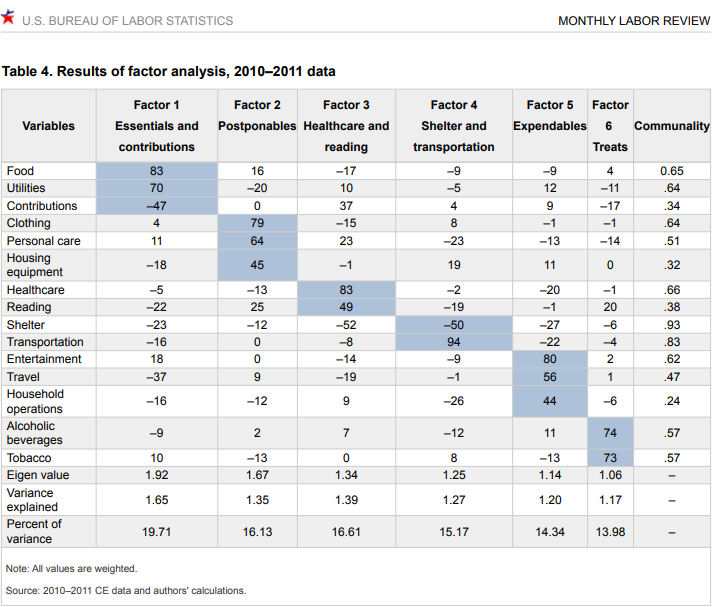We have been hard at work looking at demographic information and trying to put together a navigation and treasure map. Our goal is to find investments that will help produce positive results as the United States undergoes significant changes to the demographic population.
FARMERS
Today we will focus on the most extreme findings in some of our research and that is the predicament of the farming ecosystem. According to BLS demographic job data, farming is currently projected to have some severe shortfalls in people doing those types of jobs. We downloaded the data and consolidated the job demographic data as it relates to farming and similar jobs. As you review the image below, take a look at column “I” and observe the number of workers (in thousands) for each job type. Row 12 labeled, “Farmers, ranchers, and other agricultural managers” shows that as of 2020 there are 296,000 people working in that job activity. If we assume a ten year future shift into 2030 we can see in column “H” that there are only 206,000 people positioned to shift to the “65 years and over” cohort in 2030.
There is a decline of (296,000-206,000) 90,000 workers in this area over the next decade. As the cohort groups become younger, there are fewer and fewer people slated to back fill the next age cohort group. The median age of the profession in 2020 is 57 years old and replenishment is minimal. Similar situations exist for many other farming related roles and the only question left is who will be doing this work in 2030?

BOOMERS
To make matters worse, an initial study of elderly consumption patterns produced by the USDA shows distinct changes in food preferences for future boomers.
The elderly spend more on non-alcoholic beverages than food products. For foods, older Americans spend the most on miscellaneous and prepared foods followed by dairy products and bakery/bakery products. The analysis indicates that income and sociodemographic factors influence elderly food expenditure levels. Income was found to have a relatively small effect on expenditures.
USDA
A more recent study on the consumption patterns of the elderly in 2010 by the BLS showed that boomers will prioritize spending on basic necessities including food, utilities, and healthcare. The lone exception to boomers predicted consumption pattern as it relates to farming was the preferences for fresher fruits over all other farming products.

BUSINESS
Lastly, the changing preferences, aging demographics and potential limits on farming will have a significant impacts on businesses that service these types of consumers. We’ve taken this information and continue to do research and find the right businesses that are making the right moves to prepare for the next decade. We have already found some good candidates so stay tuned.
[…] an earlier post we wrote about key demographic issues with husbandry that will impact farming significantly and potentially cause food prices to soar and possibly […]
[…] have written about farmers here. And there are growing reports about lawyer shortages here and here. The first link discusses […]
[…] problem for farmers is depletion of labor in rural areas as more people migrate to city centers. In Demographics: Farmers, Boomers and Business, we covered the growing rural labor depletion by reviewing the BLS data and encourage prudent […]
[…] Demographics: Farmers, Boomers, and Business, we outlined the projected shortage in farm and rural workers over the next decade and this new […]